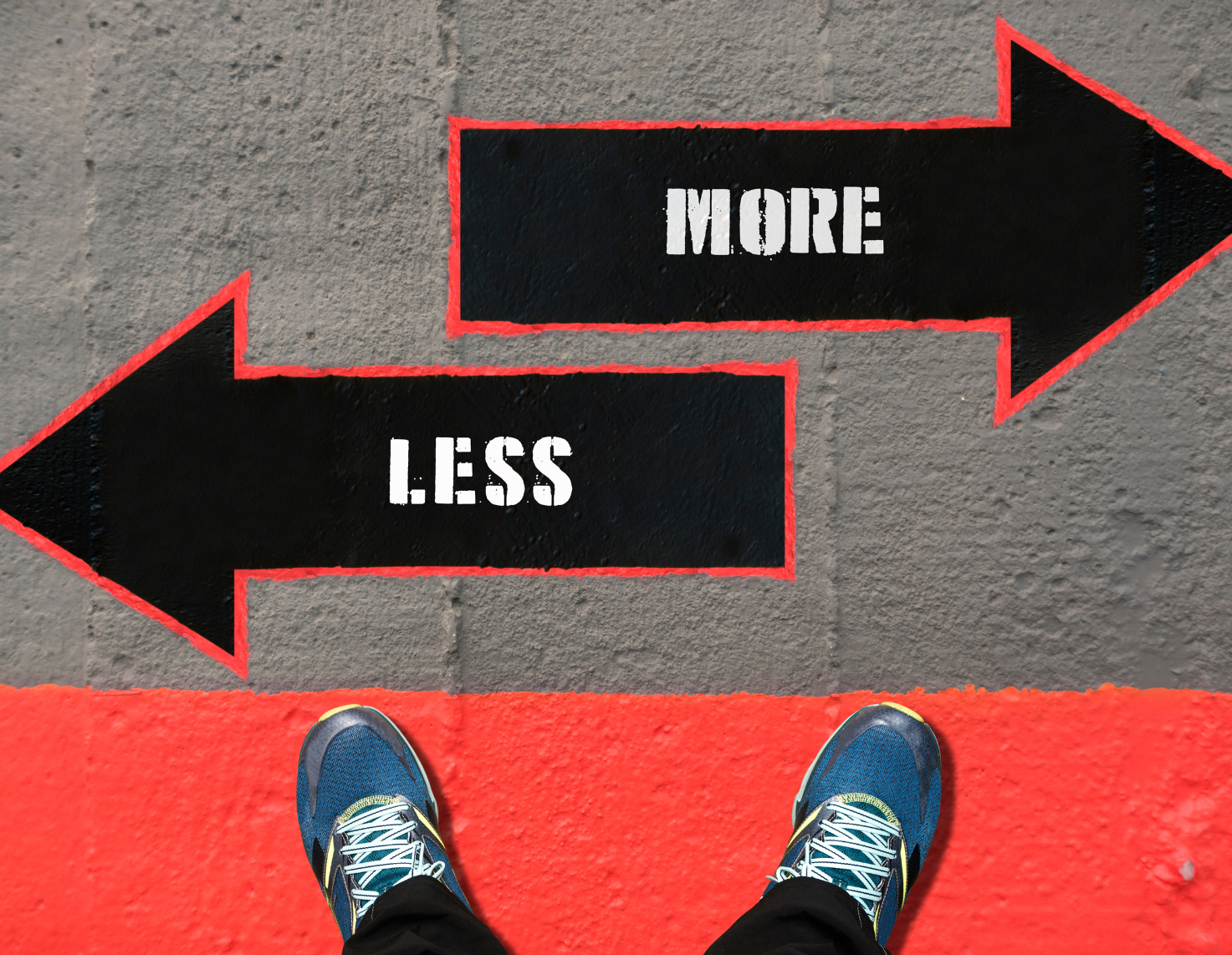Taking Control of Emotional Spending: Simple Tips to Curb Impulse Purchases
Are you an emotional spender?
If you buy things on impulse, purchase items to make yourself feel better, and have no idea where you are spending your money, then this article is for you. Other red flags are feeling guilty after making a purchase, feeling like you have to buy things to fit in, and buying items to impress others. If you can relate to any of these, it’s time to take control and curb your emotional spending.
First off, it’s important to know you are not alone! Studies have found that as much as 90% of purchases may be influenced by emotional factors.
Emotional spending is a common habit that can have a serious impact on your finances. It occurs when we use shopping as a way to cope with our emotions. We buy things that we don’t need or want in order to make ourselves feel better in the moment.
To help control this habit, it’s important to understand the causes of emotional spending and to develop strategies to help curb it.
Common causes of emotional spending include boredom, stress, anxiety, loneliness, and the desire to fit in or impress others.
Additionally, feelings of entitlement can lead to excessive spending, and the use of shopping as a form of escapism or distraction. It’s important to recognize your trigger. Then you can work on replacing it with a new, healthy habit!
So, how can you get a handle on your emotional spending?
Here are a few tips to get you started:
Track Your Spending
Start by tracking your spending for a few weeks so you can get an idea of where your money is going. This can help you pinpoint what you’re spending on and when you’re most likely to make emotional purchases.
Set a Budget
Once you have a better sense of your spending habits, set a budget for yourself and stick to it. This can help keep you accountable and prevent you from overspending. Get started with our simple Bucketed Budgeting solution!
Take a Time-Out
When you feel the urge to splurge, take a step back and give yourself some time to think it over before you make a purchase. Taking a few moments to think through the decision can help you avoid making an impulse purchase.
Find Healthy Outlets
Instead of shopping, look for healthy outlets that can help you cope with your emotions. This could be anything from exercising, practicing yoga, hanging with friends, or meditating.
Make a Shopping List
Before you go shopping, make a list of what you need and stick to it. This will help you avoid buying things that you don’t need and will help you stick to your budget.
Reward Yourself
Every time you are successful with curbing your emotional spending, reward yourself. Here’s a tip from a QUBER saver that might work for you, too: Create a Reward Jar in QUBER and do a one-time transfer into that Jar. Your Reward Jar can be for anything you want. “You’ll feel great that you are breaking a bad habit, and that you are replacing it with the habit of saving money!!”
By following these tips, you will reduce your emotional spending. As a result, you’ll reduce your debt, grow your emergency fund, and meet other saving goals faster than you think.
Don’t beat yourself up if you slip up! Curbing emotional spending is an ongoing process, and you’ll likely have setbacks along the way.
Be patient with yourself and take it one step at a time. With dedication and perseverance, you can learn to curb your emotional spending, start living within your means, and build the healthy habit of saving money.
Have you suffered from emotional spending in the past? Share with us what you’ve done to help stop the behaviour in the comment section below. 👇👇👇


